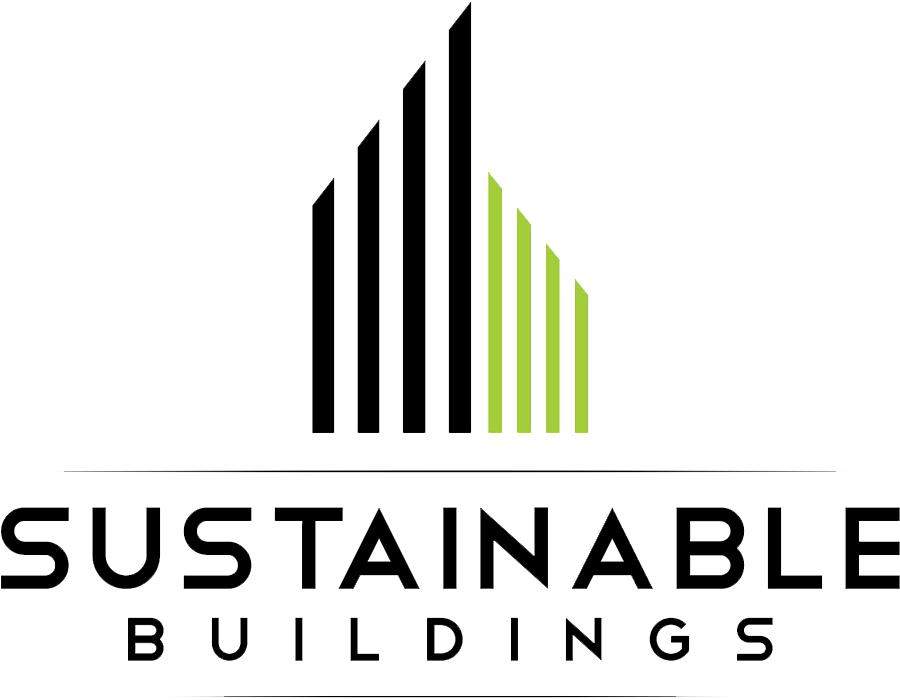
VIA subsidy to develop a Next Generation Building Management System
Sustainable Buildings receives VIA subsidy from SNN and the European Union to develop a prototype for Next Generation Building Management System
Larger buildings are generally equipped with extensive electrical and mechanical installations, such as lighting, heating, ventilation and air conditioning (HVAC), sun protection, access control, etc. These installations are often controlled by means of Building Management System.
Conventional building management systems are primarily intended to be able to operate the installations from one central location, but in general these installations are not integrated. More advanced systems include pre-programmed scenarios, such as automatically turning off heating during holidays or lights that turn off if no movement is detected for a certain number of minutes. However, these are static rules that do not take into account the current conditions. The lack of integration and intelligence in the existing systems limits the possibilities for energy saving.
Sustainable Buildings sees this as a missed opportunity and expects to realize significant energy savings with the development of a Next Generation Building Management System (NG-BMS). The NG-BMS is actually aware of the activities of people in rooms and can thus anticipate behaviour and context. This hopefully would lead to at least 15% more energy savings in utility buildings, while the comfort of users is significantly increased.
With the VIA subsidy from SNN and the European Union, Sustainable Buildings plans to develop a prototype for its NG-BMS that connects to both 1) advanced sensor technology for the accurate measurement of current conditions; and 2) links to all building installations for the purpose of integral control. With the prototype, the team also strives to realise a smart, fully automated and dynamic control based on artificial intelligence.
The prototype would be a step forward to having a real NG-BMS that can be applied in operations of non-residential buildings. The non-residential buildings in the Netherlands had a combined utilization area of 570 million m² in 2015, of which 480 million m² for the services sector. Once such NG-BMS is applied to non-residential buildings, we expect that thanks to NG-BMS, savings through process efficiency (PE) measures can be increased by approximately 15%, which amounts to enormous energy savings and thus CO2 emission reduction.

